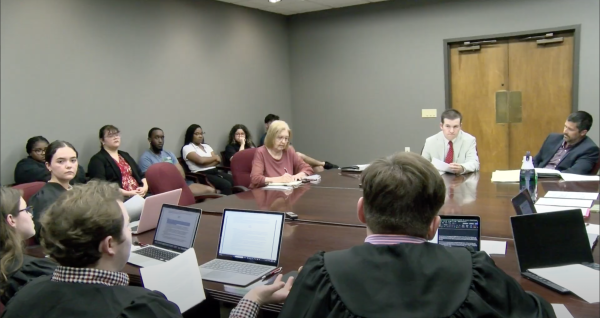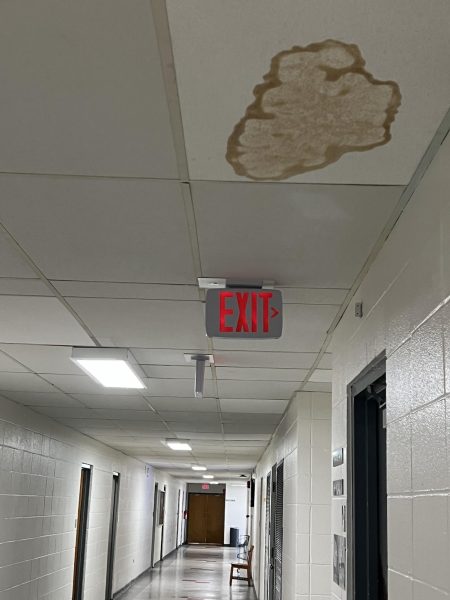University looking for funds for Babington repairs
Nicholls State University is looking for funding to repair the air conditioning unit in North Babington Hall.
Nicholls is currently looking for outside funding to repair Babington hall because the state will not provide money for the repair of a residence building.
As long as Babington is used as a residence hall, the state will not provide funding for repairs. Nicholls is working with the South Louisiana Economic Council in an agreement to let SLEC use part of Babington for a future home for the SLEC headquarters, as well as a conference center, which is not related to residential purposes.
Assistant Vice President of Facilities Mike Davis said the life of a chiller is roughly 15 years.
“So the chillers in Babington should have stopped working in the late 80s or early 90s.” Davis said.
The university plans to replace the old AC units with condensing units and floor call units, which are mini air conditioning units for each floor in North Babington for less than $400,000.
Most recently, the unit for North Babington broke and Nicholls rented another unit to run in North Babington. The problem occurred when Nicholls saw the cost to repair the chiller was too great for the amount of work that was needed around North Babington. The pipes under the building were leaking and rusted, and there were also cypress knees that were causing more issues. The university decided to shut down North Babington as living quarters.
In summer 2011, the unit for South Babington needed replacement and Nicholls rented the cooling tower and chiller. This cost the university roughly $2500 a month. In June of 2013 when the unit that ran several academic buildings broke. The difference was the state did not have the funds to replace the unit, so Nicholls used the building use fees for all students, an amount of $48, to rent a unit. For the rented chiller in the academic halls, it cost Nicholls $8,000 a month as opposed to $190,000 to outright fix the unit.
According to Davis, the university was prepared to shut down North Babington as a residence hall because of a decrease in enrollment for this semester and do the same to South Babington at a later time.
Davis said the university had planned to tear down both Babington halls when Mead, Long, Millet and Zeringue halls were demolished.
“The reason Babington was forced into operation again was due to Nicholls having a rise in enrollment for that coming semester,” Davis said. “Residence Life looked into whether or not Nicholls needed to continue use for anything several years earlier, and at that time it was determined that North Babington was going to be demolished.”
However, Nicholls enrollment did increase, and the university continued use of North Babington for residential purposes.
“The university spent $350,000 to repair the inside of North and South Babington for the arrival of the new students in the fall of 2008 after the enrollment increased due to three new residence halls being opened,” Davis said.
The option to tear down North Babington has been removed as the university obtains funding to renovate the building as a residence hall as well as finding a place for the Barataria Estuary Program, which is currently located on the first floor of North Babington.
“Though Nicholls needs the outside funding to continue use as a residence hall, SLEC has long term plans for the building to be used as more than just a resident hall and should the state fund SLEC the necessary funds, the potential for SLEC to use Babington is a very strong possibility,” Davis said.









![Nicholls Garrett Felix [#6] advances to first base after drawing a walk against Louisiana on April 2.](https://thenichollsworth.com/wp-content/uploads/2024/04/FelixWalk-at-UL-600x400.jpg)
